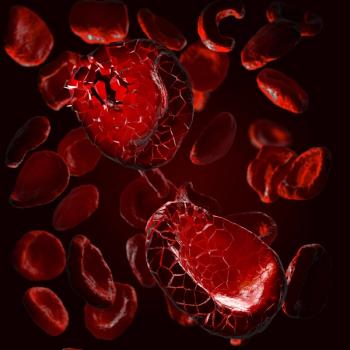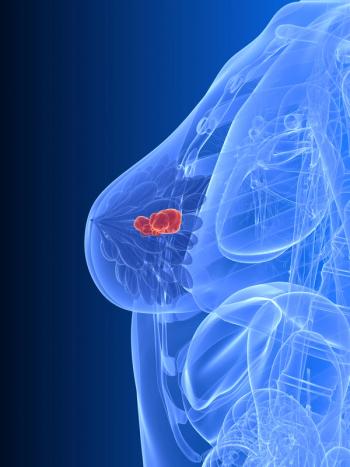
Oncology NEWS International
- Oncology NEWS International Vol 6 No 9
- Volume 6
- Issue 9
Outpatient Biochemotherapy Safe, Effective in Renal Cell Cancer
SAN FRANCISCO-An outpatient combination of low-dose interleukin-2 (IL-2, Proleukin), interferon alfa-2b (Intron A), and fluorouracil appears to offer response and survival rates similar to high-dose IL-2 with minimal side effects, according to studies conducted by Jens Atzpodien, MD, associate professor of medicine, Medizinische Hochschule, Hannover, Germany.
SAN FRANCISCOAn outpatient combination of low-dose interleukin-2 (IL-2, Proleukin), interferon alfa-2b (Intron A), and fluorouracil appears to offer response and survival rates similar to high-dose IL-2 with minimal side effects, according to studies conducted by Jens Atzpodien, MD, associate professor of medicine, Medizinische Hochschule, Hannover, Germany.
We can dramatically reduce the systemic toxicity and keep patients out of the hospital with this regimen, Dr. Atzpodien said at the Proleukin First International Congress, sponsored by Chiron. We see a better quality of life, at least for complete responders and probably for all patients.
Dr. Atzpodien began trying to move IL-2 into the outpatient setting soon after he began working with the drug in 1988. In the current regimen, evaluated in a phase II renal cell carcinoma trial, patients receive up to four cycles, unless their disease progresses, of the following:
- Subcutaneous IL-2, 10 million IU/m² twice daily on days 3, 4, and 5 of weeks 1 and 4; and 5 million IU/m² on days 1, 3, and 5 of weeks 2 and 3.
- Subcutaneous interferon-alfa-2b, 6 million IU/m² on day 1 of weeks 1 and 4 and on days 1, 3, and 5 of weeks 2 and 3; and 9 million IU/m² once weekly on weeks 5 to 8.
- Fluorouracil by intravenous bolus injection, 1,000 mg/m² once weekly on weeks 5 to 8.
The response rates, he said are quite similar to what has been achieved with high-dose IL-2 regimens. Complete remissions were seen in 10% of patients and partial responses in 20.5%.
Median survival was 21 months for all patients and 50 months for those in the lowest risk group. The five-year survival probability was 13% for all patients, with half of all complete responders still alive five years after treatment. The investigators have confirmed the results in a prospectively randomized trial.
Toxicities were primarily grade 1 and 2, with a few grade 3 adverse effects and no grade 4 effects; fewer than 3% of patients required even minimal inpatient treatment. None of the 243 patients in the study required IV pressors.
Like other researchers, Dr. Atzpodien found a distinct subgroup of complete responders who were much more responsive to treatment than were other patients in the study.
Patients who develop thyroid autoantibodies showed a significantly higher five-year survival rate than other patients, he reported, but the connection, if there is one, between thyroid antibodies and survival remains unclear.
Articles in this issue
over 28 years ago
IL-2 Shows Promise in Treating Hematologic Cancersover 28 years ago
Studies Show Who Seeks Mammography and Whyover 28 years ago
New Policy Board Enters Tobacco Frayover 28 years ago
Index Quantifies Bone Disease in Prostate Cancerover 28 years ago
Wynder Urges Nutrition as an Adjunctive Cancer Therapyover 28 years ago
Treating Other STDs May Reduce HIV Levels in the Semenover 28 years ago
Bisphosphonates Improve QOL in Bone Lesion Patientsover 28 years ago
Children Run Greatest Cancer Risk from Nuclear Testsover 28 years ago
Trials of IV SNX-111 Paused, but Phase III Pain Trials Continueover 28 years ago
IL-2 Termed ‘Gold Standard’ in Renal Cell CarcinomaNewsletter
Stay up to date on recent advances in the multidisciplinary approach to cancer.





















































































